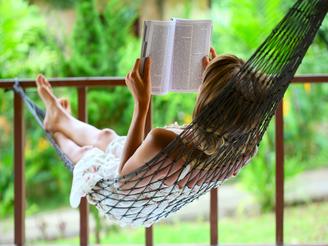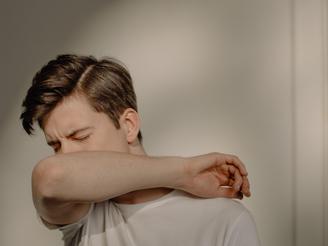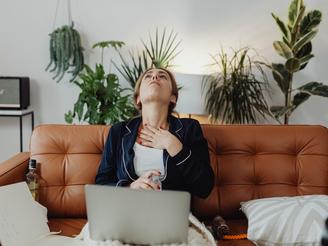Diverticulosis Foods to Avoid: 10 Diets for Better Digestive Health
Diverticulosis is a common digestive condition that affects the large intestine. It occurs when small pouches, called diverticula, form in the colon’s lining and push outward through weak spots. While many people with diverticulosis do not experience symptoms, some may develop complications such as diverticulitis, an inflammation or infection of the diverticula. One way to manage diverticulosis and prevent complications is by avoiding certain foods that can irritate the digestive system. In this article, we will discuss 10 diets to avoid for better digestive health and to prevent complications from diverticulosis.
High-Fiber Diets
Although a high-fiber diet is generally recommended for overall digestive health, it may not be suitable for individuals with diverticulosis who are experiencing symptoms or complications. In such cases, a low-fiber diet may be recommended to reduce irritation and allow the colon to heal[[1]]. Consult with your healthcare provider before making significant changes to your fiber intake.

Advertisement
Low-Residue Diets
A low-residue diet limits the amount of undigested food that passes through the colon, which can help reduce the risk of diverticulitis. This diet involves avoiding whole grains, nuts, seeds, and certain fruits and vegetables[[2]]. It is essential to work with a healthcare professional when following a low-residue diet to ensure proper nutrition.
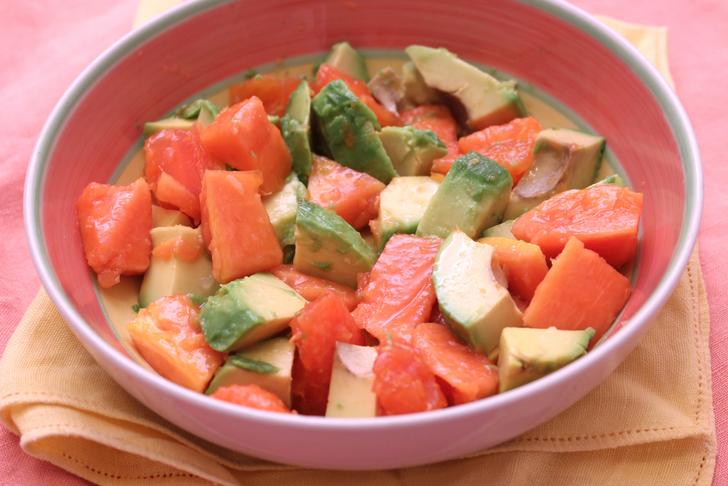
Advertisement
High-Fat Diets
Diets high in fat, particularly saturated and trans fats, can contribute to inflammation and may increase the risk of diverticulitis. It is essential to limit the consumption of fatty meats, fried foods, and processed snacks to maintain a healthy digestive system[[3]].
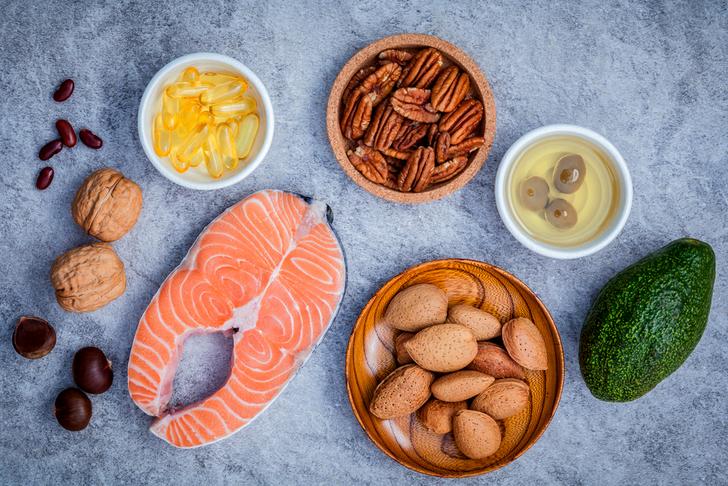
Advertisement
Red Meat Diets
Consuming large amounts of red meat has been associated with an increased risk of developing diverticulitis. It is recommended to limit red meat intake and opt for lean protein sources such as poultry, fish, or plant-based proteins[[3]].
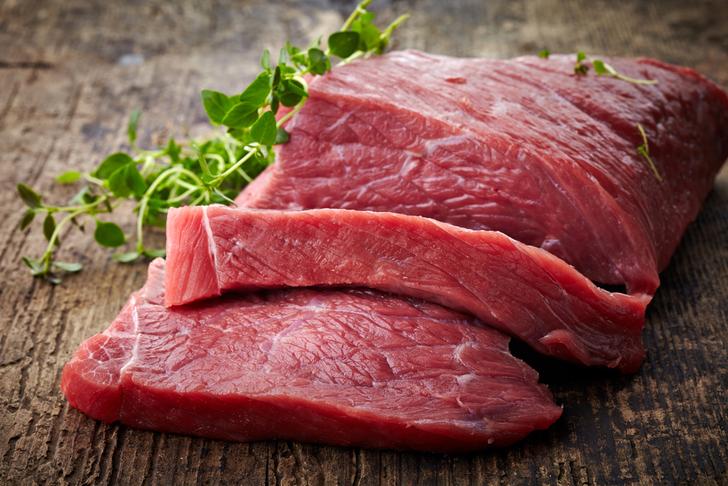
Advertisement
Processed Food Diets
Processed foods often contain additives, preservatives, and artificial ingredients that can irritate the digestive system. Avoiding processed foods and focusing on whole, natural foods can help prevent complications from diverticulosis[[3]].
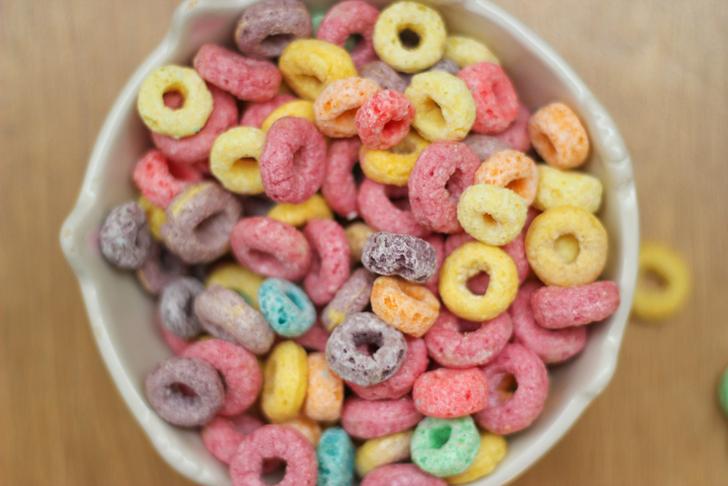
Advertisement
Spicy Food Diets
Spicy foods can irritate the digestive system and may exacerbate symptoms in individuals with diverticulosis. It is essential to limit the consumption of spicy foods, particularly during flare-ups of symptoms[[3]].
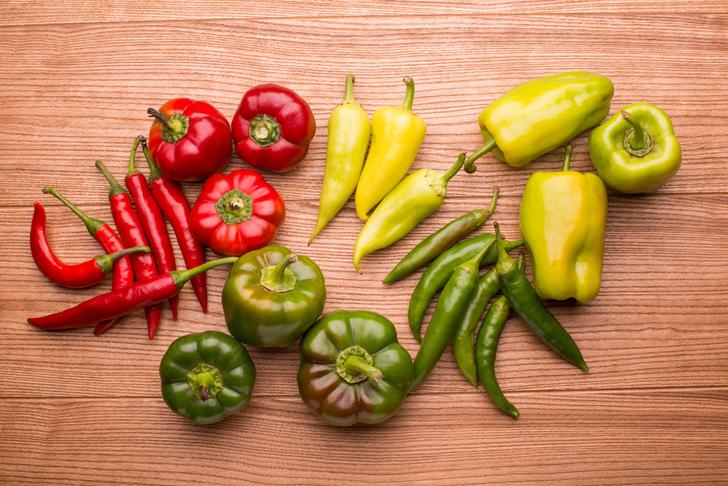
Advertisement
Alcohol Consumption
Excessive alcohol consumption can negatively impact digestive health and may increase the risk of diverticulitis. It is crucial to limit alcohol intake and consume it in moderation[[3]].
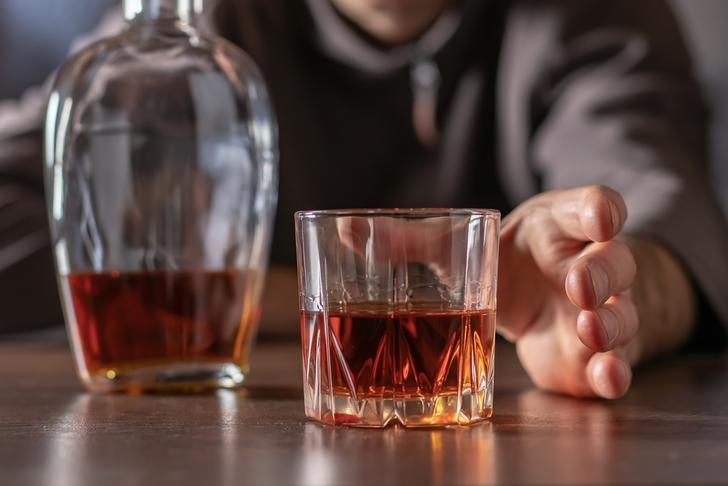
Advertisement
Caffeine Consumption
Caffeine can stimulate the digestive system and may contribute to symptoms in individuals with diverticulosis. Limiting the intake of caffeinated beverages, such as coffee, tea, and soda, can help manage symptoms and prevent complications[[3]].
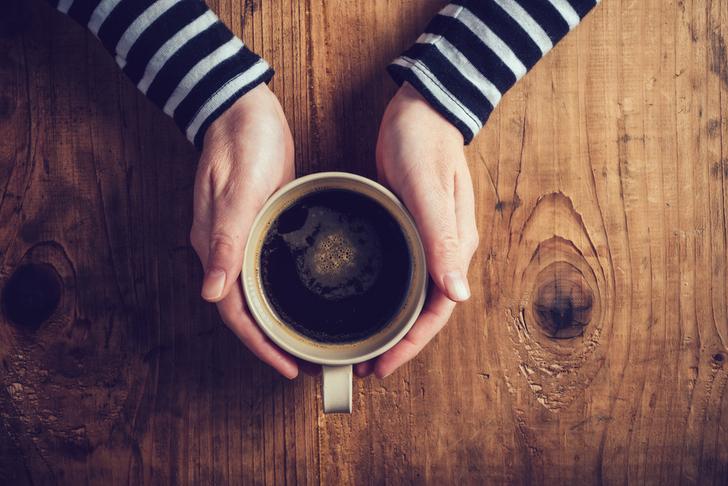
Advertisement
Gas-Producing Foods
Certain foods, such as beans, cabbage, and carbonated beverages, can produce gas in the digestive system and may exacerbate symptoms in individuals with diverticulosis. Limiting the consumption of gas-producing foods can help manage symptoms and prevent complications[[3]].
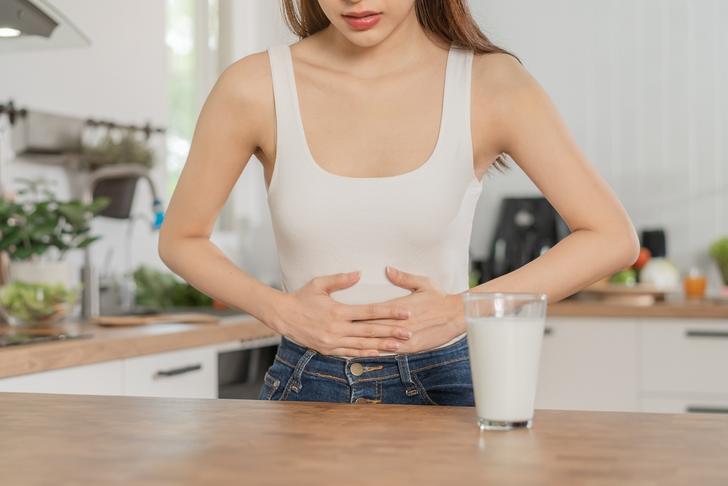
Advertisement
Lactose-Containing Foods
Some individuals with diverticulosis may also have lactose intolerance, which can cause additional digestive symptoms. If you suspect lactose intolerance, try eliminating lactose-containing foods, such as milk, cheese, and yogurt, from your diet and monitor your symptoms[[3]].

Advertisement
Causes of Diverticulosis
Diverticulosis is a condition where small, bulging pouches (diverticula) develop in the digestive system, often in the lower part of the colon. While the exact causes of diverticulosis aren’t fully understood, it’s believed to be a combination of several factors, including:
Age: The risk of developing diverticulosis increases with age, as the walls of the colon can weaken over time.
Diet: A diet low in fiber can contribute to the development of diverticulosis. Fiber helps soften the stool, making it easier to pass and reducing pressure in the colon.
Genetics: Some people may be genetically predisposed to developing diverticulosis.
Lifestyle factors: Lack of exercise, obesity, and smoking have also been linked to diverticulosis.
Advertisement
Symptoms of Diverticulosis
Many people with diverticulosis experience no symptoms. However, if the diverticula become inflamed or infected—a condition known as diverticulitis—symptoms may include:
- Abdominal pain: The most common symptom, usually on the lower left side of the abdomen.
- Fever and chills.
- Bloating and gas.
- Diarrhea or constipation.
- Nausea and vomiting.
Advertisement
Treatments for Diverticulosis
The treatment of diverticulosis often focuses on preventing the progression of the disease and the onset of diverticulitis:
Dietary changes: Consuming a diet high in fiber can help soften waste material and help it pass more quickly through your colon. This reduces the risk of diverticula becoming inflamed.
Exercise: Regular physical activity can help keep your bowel movements regular, reducing your risk of diverticulosis.
Medications: Over-the-counter pain relievers, and in some cases, antibiotics to treat diverticulitis, if the diverticula become inflamed or infected.
Surgery: If complications occur, such as chronic pain, bowel obstruction, or recurrent diverticulitis, surgery may be necessary to remove the affected part of your colon.
Advertisement
Conclusion
To summarize, diverticulosis is a common but often asymptomatic condition that can be effectively managed through lifestyle and dietary modifications. Key to this is consuming a fiber-rich diet and maintaining a healthy weight and active lifestyle, while avoiding foods that can exacerbate the condition, such as those high in fat and low in fiber. However, if diverticulosis progresses to diverticulitis, it can present with more severe symptoms, requiring medical intervention and possibly antibiotics or even surgery.
In conclusion, successfully managing diverticulosis is largely about dietary and lifestyle adaptations to forestall complications and uphold overall digestive health. Steer clear of low-fiber, high-fat foods to mitigate the risk of diverticulitis and other potential complications. Engaging with a healthcare professional to craft a personalized dietary plan is vital - it ensures your nutritional requirements are met while addressing your specific health concerns. Moreover, remember that maintaining open communication with your healthcare provider can be instrumental in swiftly identifying any progression in your condition, enabling immediate intervention and optimizing your health outcomes.
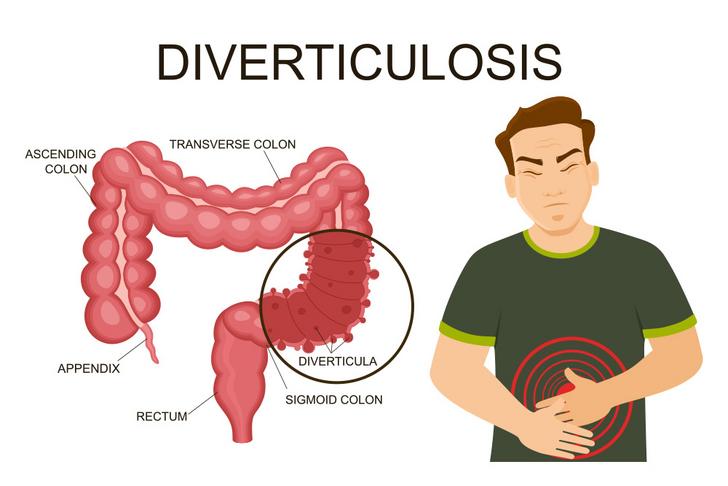
Advertisement



